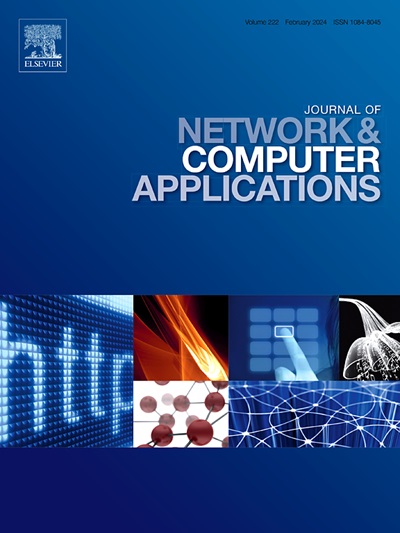城市环境下基于改进TD3深度强化学习的无人机路径规划
IF 8
2区 计算机科学
Q1 COMPUTER SCIENCE, HARDWARE & ARCHITECTURE
引用次数: 0
摘要
随着通信网络用户数量和业务的快速增长,无人驾驶飞行器(uav)有望在未来的无线通信系统中发挥重要作用。无人机的关键应用之一是物联网(IoT)网络中的数据采集。本文研究了一个三维(3D)无人机路径规划优化问题,该问题旨在最大限度地减少城市环境中数据收集的完成时间,同时考虑到现实世界的约束,如建筑物引起的无人机与传感器之间频繁的通信链路阻塞。为了应对这一挑战,我们提出了一种改进的深度强化学习(DRL)算法,称为基于辍学的优先TD3算法(DPTD3)。该方法将TD3算法与优先体验重放缓冲(PER)策略集成在一起,并引入了一种结合Dropout技术的新的Actor网络架构。仿真结果表明,与二维路径规划方法相比,所提出的无人机三维路径规划方法减少了数据收集时间和无人机能耗。此外,结果表明,在训练期间,DPTD3算法在稳定性和性能方面优于其他最先进的DRL方法。本文章由计算机程序翻译,如有差异,请以英文原文为准。
3D UAV path planning based on an improved TD3 deep reinforcement learning for data collection in an urban environment
With the rapid growth in the number of users and services in communication networks, unmanned aerial vehicles (UAVs) are expected to play a significant role in future wireless communication systems. One of the key applications of UAVs is data collection in Internet of Things (IoT) networks. This paper addresses a three-dimensional (3D) UAV path planning optimization problem aimed at minimizing the completion time of data collection in urban environments, taking into account real-world constraints such as frequent communication link blockages between UAVs and sensors caused by buildings. To tackle this challenge, we propose an improved Deep Reinforcement Learning (DRL) algorithm, referred to as the Dropout-Based Prioritized TD3 Algorithm (DPTD3). This method integrates the TD3 algorithm with the Prioritized Experience Replay Buffer (PER) strategy and introduces a new Actor network architecture incorporating the Dropout technique. Simulation results demonstrate that the proposed 3D UAV path planning approach reduces both data collection time and UAV energy consumption compared to a two-dimensional (2D) path planning method. Furthermore, the results indicate that during training, the DPTD3 algorithm outperforms other state-of-the-art DRL approaches in terms of both stability and performance.
求助全文
通过发布文献求助,成功后即可免费获取论文全文。
去求助
来源期刊

Journal of Network and Computer Applications
工程技术-计算机:跨学科应用
CiteScore
21.50
自引率
3.40%
发文量
142
审稿时长
37 days
期刊介绍:
The Journal of Network and Computer Applications welcomes research contributions, surveys, and notes in all areas relating to computer networks and applications thereof. Sample topics include new design techniques, interesting or novel applications, components or standards; computer networks with tools such as WWW; emerging standards for internet protocols; Wireless networks; Mobile Computing; emerging computing models such as cloud computing, grid computing; applications of networked systems for remote collaboration and telemedicine, etc. The journal is abstracted and indexed in Scopus, Engineering Index, Web of Science, Science Citation Index Expanded and INSPEC.
 求助内容:
求助内容: 应助结果提醒方式:
应助结果提醒方式:


